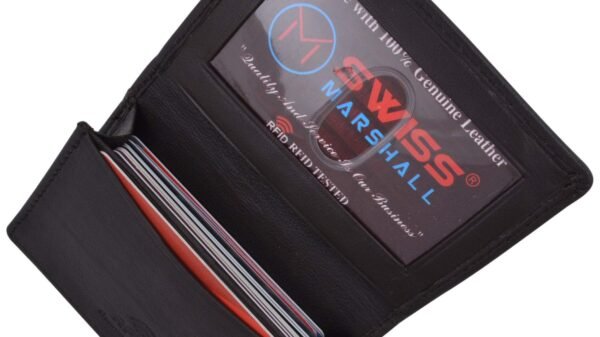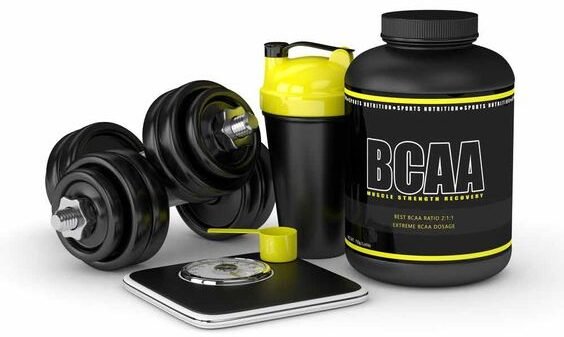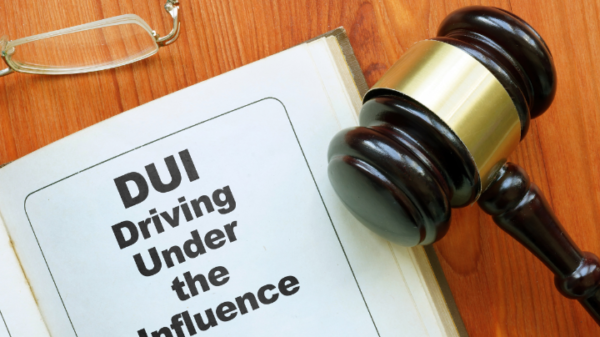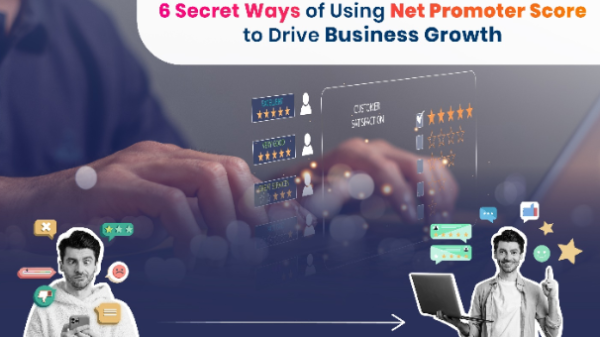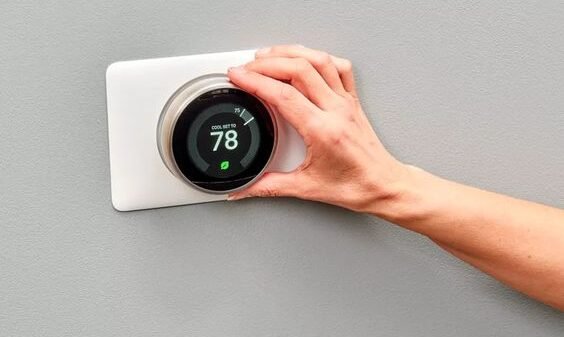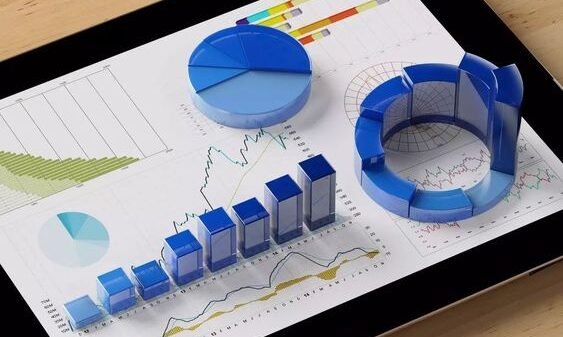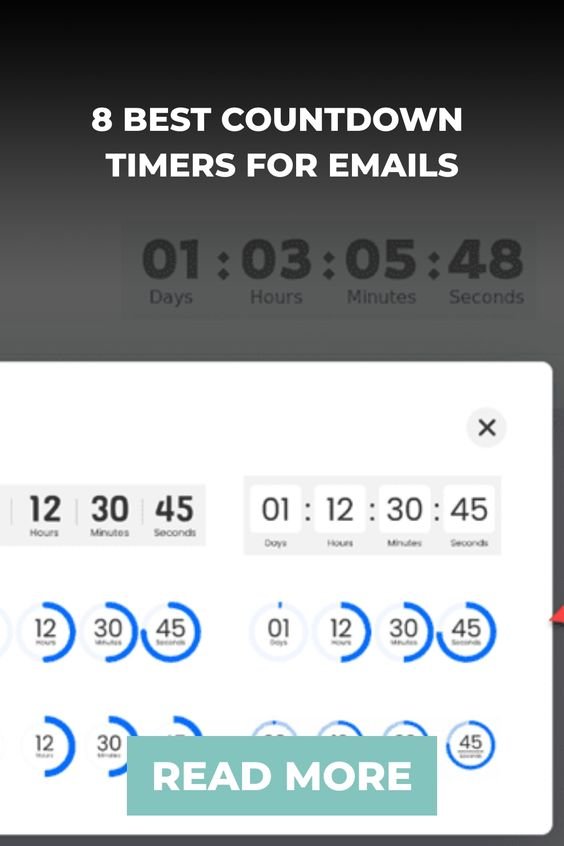Email inboxes are cluttered. Marketers have to be at their best when they’re trying to grab a recipient’s attention.
Multiple aspects are factored in for this, like, compelling subject lines, persuasive copy, strategic CTAs, etc.
A fun way is using time.
Email Countdown Timers
Email countdown timers are animated timers that are embeddeded into email campaigns for a heightened sense of urgency.
They visually display a clock counting down to a specific date or deadline, like the end of a sale, promotion, event registration, etc.
There are normally two main types of email countdown timers.
- Animated GIF timers: These are animated GIF images that display the countdown timer. Simple to implement but with limited customization options.
- HTML/JavaScript timers: These are coded timers that have more customization in terms of design, colors, fonts etc. When the recipient opens the email, they are automatically changed to fit the time.
So top benefits of using email countdown timers are:
–Generating urgency and scarcity so people feel like taking action before it’s too late or their timer runs out.
–Getting the person’s attention with an animated part in the email that pops out.
–Building excitement and anticipation around an upcoming launch, sale or event.
–Allowing customers to plan and budget for a sale by showing them exactly how much time is left.
–Providing a clear call-to-action with a visible deadline to drive clicks and purchases.
Most commonly, countdown timers let time speak for you when you want to tell a customer you’re launching a new product or service and sales.
Email marketing businesses can be from e-commerce, travel, media and communication, entertainment industry, etc.
Measuring Effectiveness
There’s no single metric to test how useful your countdown timers have been in your marketing strategy. There are multiple.
1. Open Rates
Compare the open rates of emails with countdown timers against those without timers or against previous campaigns. If the open rate is higher, it means that the timer caught the person’s eye in their inbox.
2. Click-Through Rates (CTRs)
Measure the CTRs on emails with countdown timers. Higher CTRs mean that the timer made people feel like they needed to act quickly, which made them click on your call-to-action links.
3. Conversion Rates
Track conversions like sales, sign-ups, registrations etc. that resulted specifically from emails with countdown timers. If the conversion rate was higher, it means that the timer worked to get the desired action.
4. Revenue/Sales
Use countdown timers to figure out how much money the email campaigns brought in all together. This tells you exactly how they affect your bottom line.
5. Email Engagement
Look at engagement metrics like how long someone looks at the email, how far they scroll, how they interact with things that are embedded in it, and so on. More engagement means the content is interesting.
6. A/B Test Performance
Run A/B tests sending one version with a timer and one without. Whichever version works better can show how well the timer works.
7. Cart Abandonment Recovery
For emails about cart abandonment, track how many users went back to finish their purchase after getting a countdown timer email.
You can poll customers who bought from you after getting timer emails to find out what made them decide to buy.
It is important to look at these metrics in the bigger picture, taking into account things like the type of offer, the audience segment, the email content, and the timing. Consistent A/B testing is recommended to isolate the true impact of countdown timers.
Sendtric lets email marketers use customizable countdown timers to make things seem more urgent and increase conversions. For dynamic marketing campaigns, their platform is perfect because it is easy to use and works well with all major email services. Get customer engagement tools that are easy to use and work well from Sendtric.








